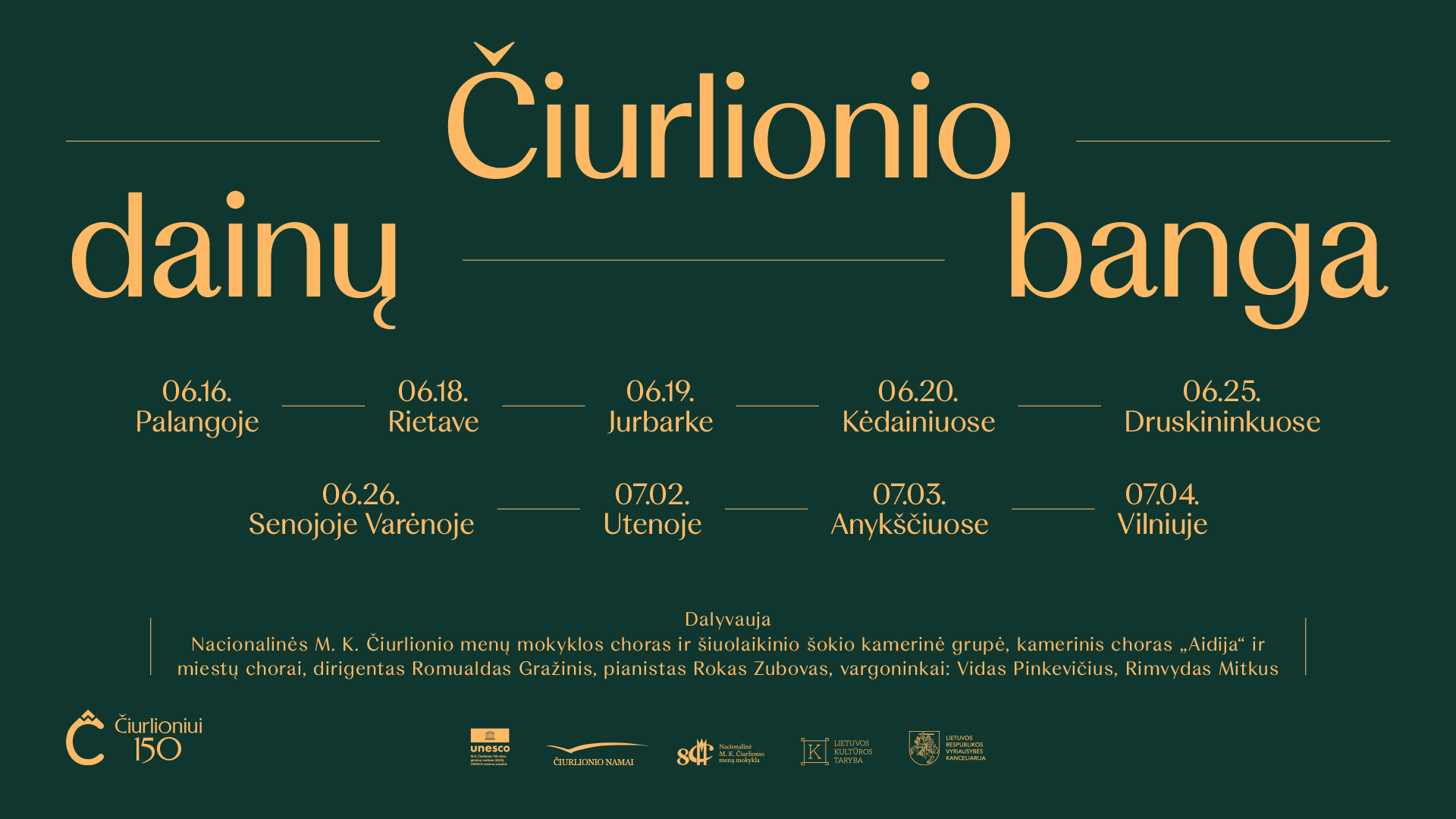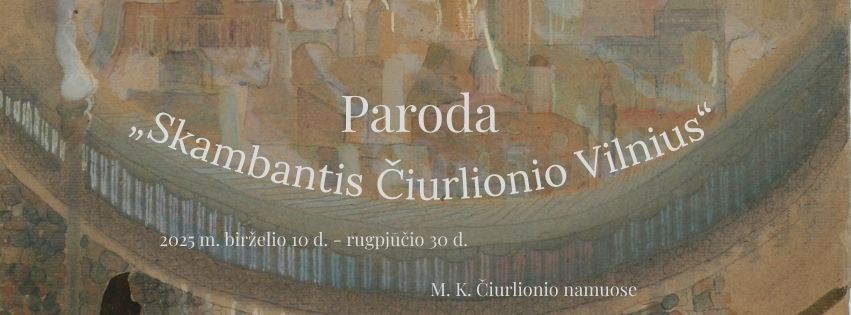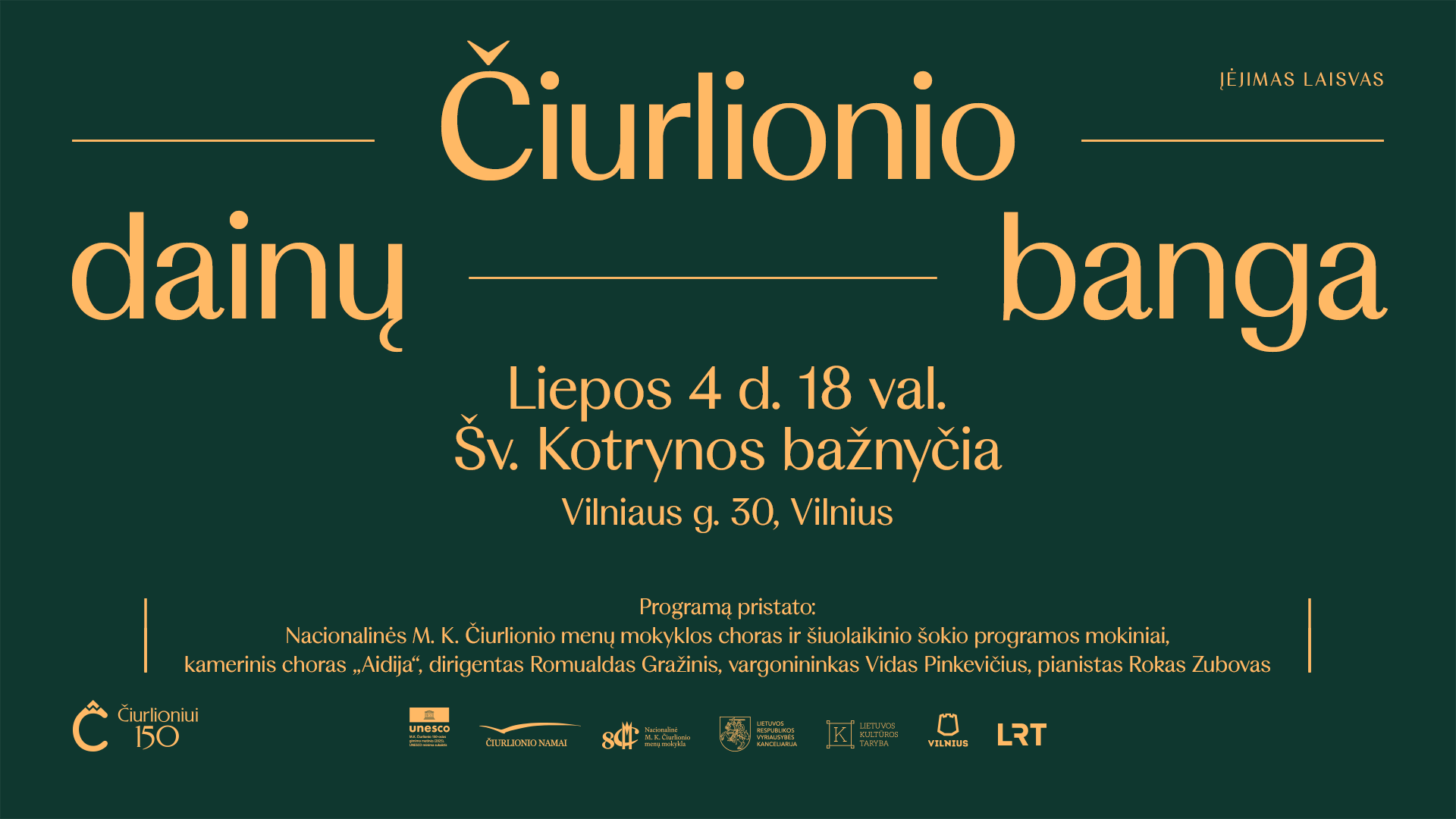Prieš 111 metų pavasarį Vilniuje parodytas J. Slovackio spektaklis „Lilija Veneda“ sulaukė plataus atgarsio spaudoje. Laikraščio „Goniec Wilenski“ (2/15 VI 1909) straipsnyje po premjeros su susižavėjimu buvo aptarinėjamas spektaklio kostiumų detalumas ir meistriškumas:
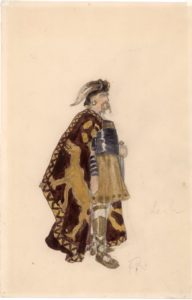
F. Ruščicas. Lechas. Kostiumo eskizas Julijaus Slovackio dramai „Lilija Veneda”. 1909. Eksponatas saugomas Lietuvos nacionaliniame dailės muziejuje.
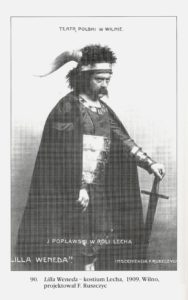
Aktorius ir režisierius Jozefas Poplavskis (Jozef Poplavski, 1857–1921) atlikęs Lecho vaidmenį
„Drabužiai ir aksesuarai dekoracijų aukštumose. <...> Balti arfininkų apdarai, puošnios šukuosenos parodo rūbų audinių ir odos dekoro sudėtingumą. Vendų drabužiai, taip pat lechitų šarvai atrodė tikroviškai <...> kaip Merovingų laikais <...> liudija apie kruopščias to laikmečio paieškas smulkiausiose detalėse. Taip atsirado iki šiol mūsų scenoj nematytas reiškinys, drąsiai galima pasakyti, ir didesnėse ne dažnai matomas...“
Teatrinio kostiumo eskize „Lechas“ vaizduojamas profiliu pasisukęs vyras, dėvintis krūtinę dengiančius mėlynos spalvos blizgančius šarvus, ilgą tamsų apsiaustą, kepuraitę su ragais ir avintis sandalus. Apatinę liemens dalį ir šlaunis dengia platus ochros spalvos chitonas. Vienas pagrindinių dramos veikėjų – Lechas, kurio vaidmenį atliko garsus to meto aktorius ir režisierius Jozefas Poplavskis (Jozef Poplavski, 1857–1921), susilaukė spaudos ir publikos dėmesio. Ta proga buvo išleistas atvirukas su aktoriaus atvaizdu. (Ferdynand Ruszyc, Dziennik, t.1. p.90, Warszawa, 1994 m.).
Parodos partneris - Lietuvos Nacionalinis dailės muziejaus
⦿ ⦿ ⦿
111 years ago in the spring, the play “Lilia Veneda” written by Juliusz Słowacki was performed in Vilnius and widely covered by the press. After the opening night, an article in the newspaper “Goniec Wilenski” (issue Nr. 2/15 of June 1909) wrote admiringly of the detail and craftsmanship of the costumes as follows:
“Clothes and accessories are at the heights of scenery. <...> The white robes of the harpists and their ornate hairstyles show the intricacy of the fabrics and leather décor. The Venedish garments, as well as the Lechits’ armour, looked as realistic <...> as in the Merovingian period <...> testifying to the painstaking search for the smallest details of the time. Thus, a phenomenon has emerged which has never been seen on our stage before, and which, it is safe to say, cannot not often be seen on larger stages..."
The sketch of the theatrical costume “Lech” shows a man in profile, wearing a chest-covering shiny blue armour, a long dark cloak, a hat with horns, and sandals. His lower torso and thighs are covered by a broad ochre-coloured chiton.
[Fig.] Ferdynand Ruszczyc. Lech. Costume sketch for Juliusz Slowacki’s drama “Lilia Veneda”. 1909. The exhibit is preserved in the National Art Museum of Lithuania. [Photo] One of the main characters in the drama, Lech, played by the famous actor and director of the time Jozef Poplavski (1857–1921), attracted the attention of the press and the public. A postcard with the image of the actor was published on that occasion. (Ferdynand Ruszyc, Dziennik, vol.1. p.90, Warszawa, 1994).Exhibition partner - The Lithuanian National Museum of Art
Mūsų veiklą taip pat galite sekti / Connect with us::
Facebook | Instragram | Youtube | ČNaujienlaiškis
Kiti susiję straipsniai:
Ferdinandas Ruščicas. Lilija Veneda I


